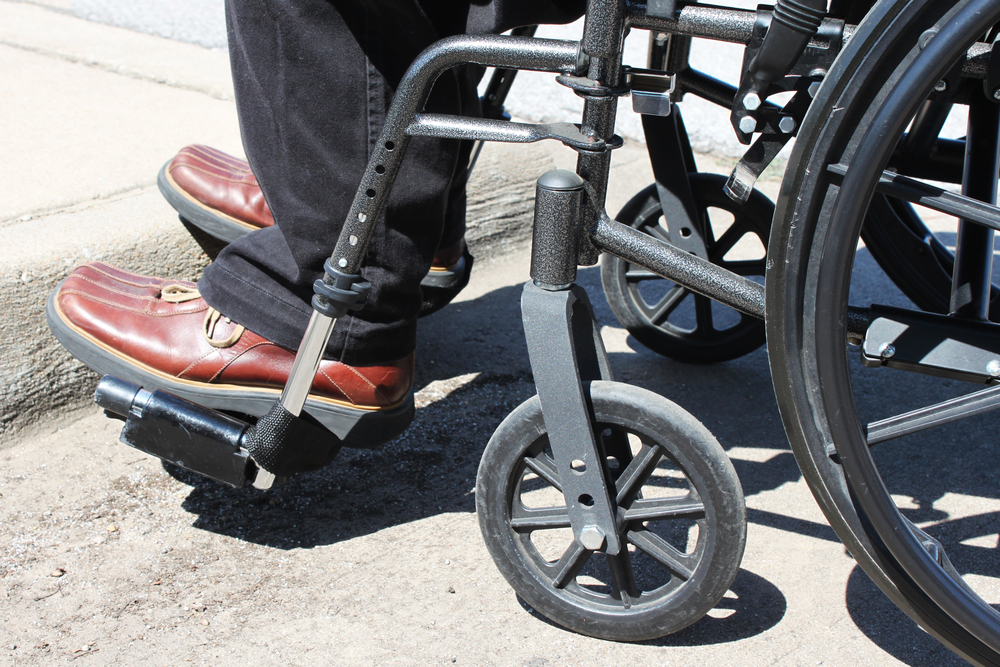
Curb Ramps: Every City’s Vote for Accessibility
A sidewalk without a curb ramp presents a dangerous decision to a person who uses a wheelchair or a similar mobility device. Without a curb ramp, a person could lose their balance while trying to navigate the sidewalk curb or opt to use the road to avoid the curb altogether, risking an accident with vehicle drivers.
No one should have to make this decision.
A curb ramp allows individuals with impairments to merge safely from a curbed sidewalk to the street and back again. This short ramp makes the world accessible to anyone with a mobility device.
A common curb ramp is made up of a couple of elements. At the top or bottom of a ramp, transitions smooth the initial descent or ascent. The actual ramp, also known as a ramp run, is the sloped section, taking the individual from one level to the other level. The flared sides of the ramp soften the curb to street level.
In the United States, the curb ramp is sometimes called a curb cut. First installed in Michigan, curb cuts were part of a pilot project in the 1940s to help disabled veterans. While other projects in California inspired more cities to adopt curb ramps, it didn’t become mandatory until the enactment of the Americans with Disabilities Act of 1990.
ADA Curb Ramp Guidelines
The ADA guidelines for curb ramps outline the measurements required to makes sidewalks compliant with the law. The guidelines include the measurements of the sidewalk and the standards for the surface texture.
- The ramp slope requirement is a 1:12 ratio, which means a 4.8-degree slope or one foot of ramp for each inch of rise.
- A minimum of 5’x5’ area at the top and bottom of a ramp that is unobstructed and flat.
- For a sidewalk, the surface needs to be firm and not slippery.
ADA guidelines also require that curb ramps feature “detectable warnings”. These detectable warnings use small domes in a bright color to contrast with the surrounding street and sidewalk. While the color acts as a visual warning of the coming sloped surface, the dome tiles provide a physically detectable warning for visually impaired.
Detectable warnings must be present at the top or bottom of a ramp or even extend the full length of the curb ramp. The detectable warnings alert people with low vision to slow down and assess their environment.
In 2018, San Francisco started a Curb Ramp Program to implement equal access to all city residents. Although the ADA requires cities to be compliant by adding curb ramps throughout public areas, San Francisco is truly taking the initiative in becoming fully accessible to residents and visitors with impairments.
StrongGo detectable warning tiles can be a part of the accessible solution for ADA compliant cities. Regardless of whether your project is mass transit, an architectural design, or a curb ramp, connect with StrongGo at csd@stronggo.com to see how our detectable warning tiles can improve your projects.


